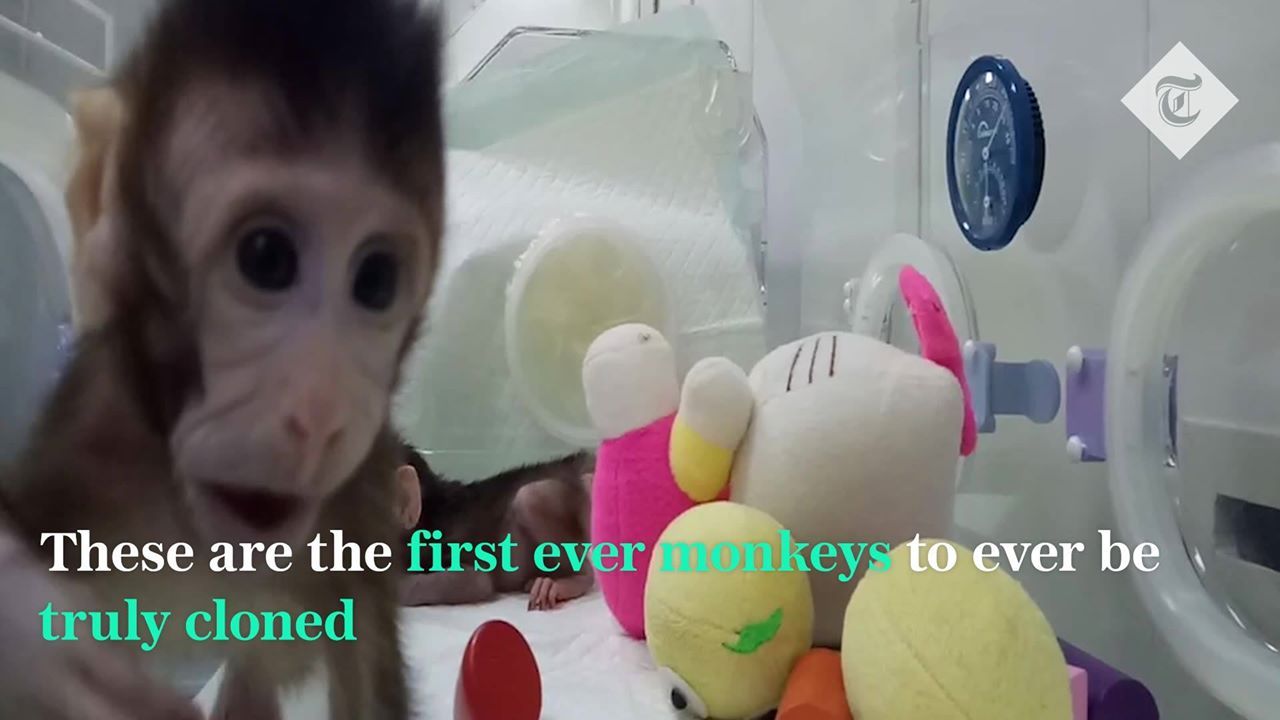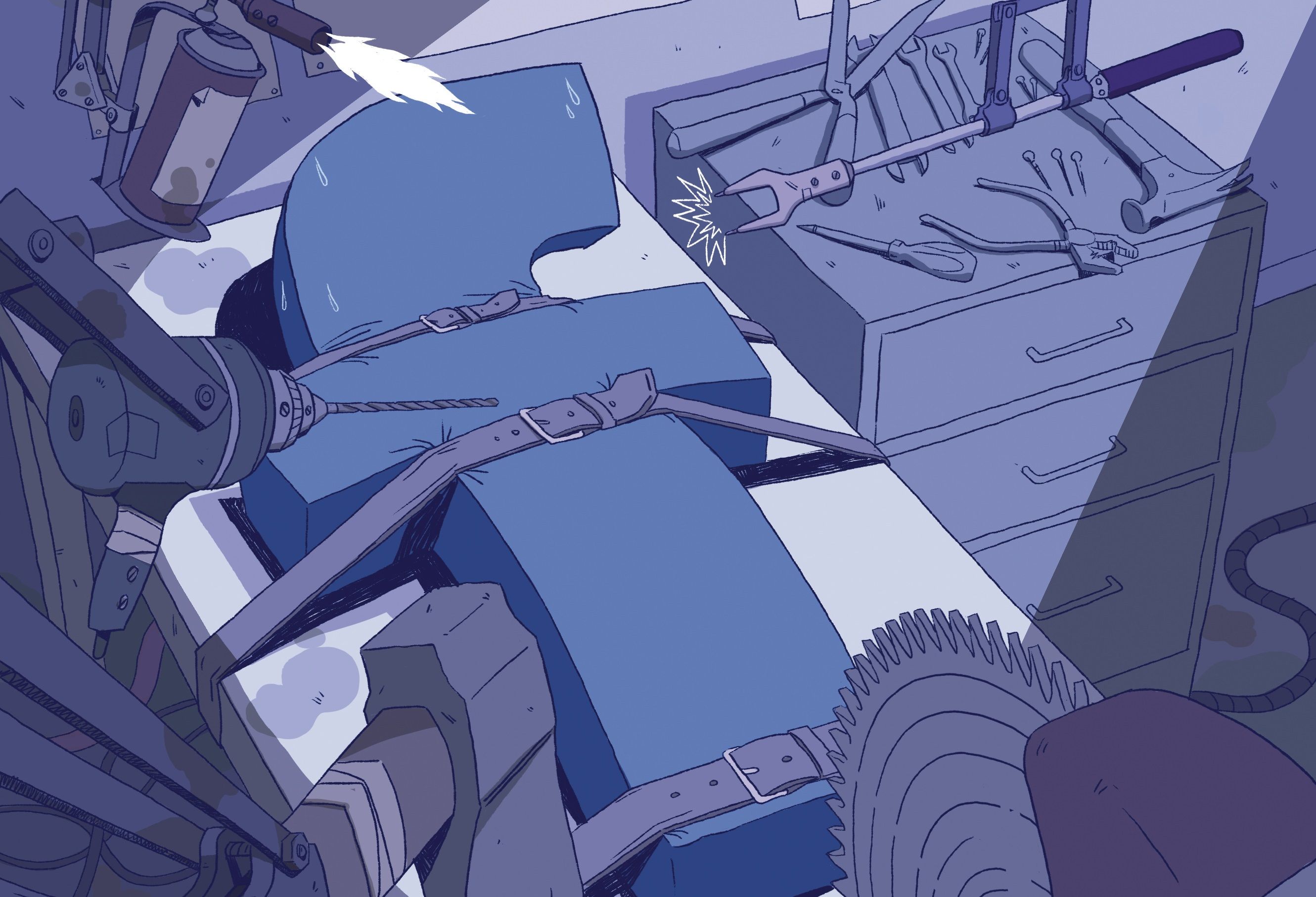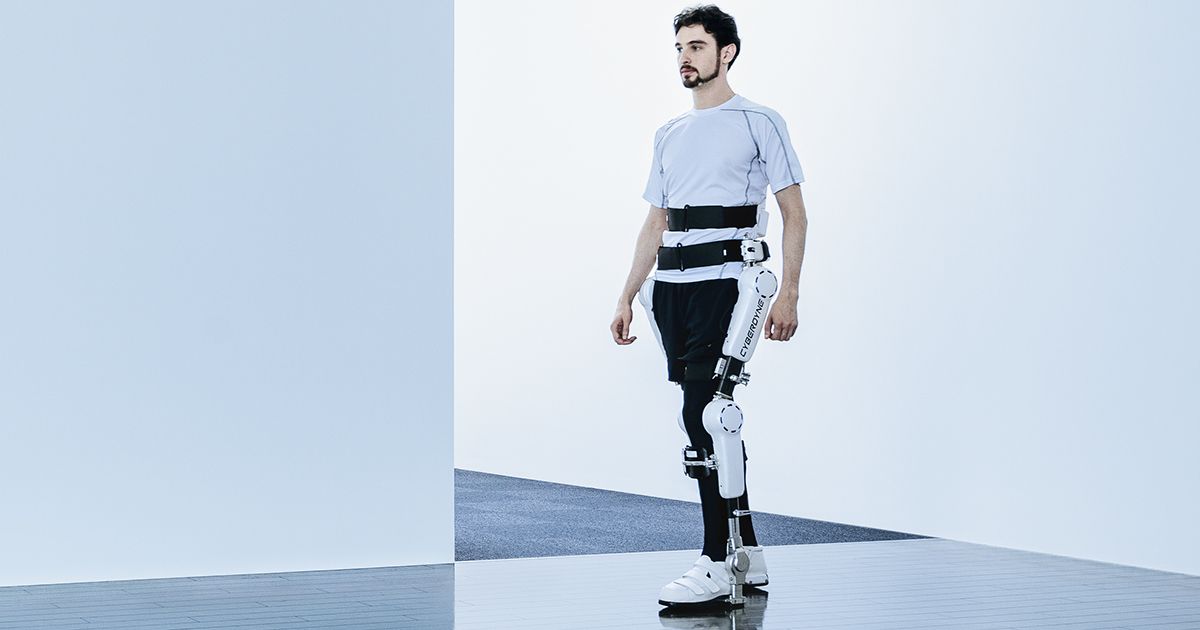The first monkeys have been cloned in a historic breakthrough — could humans be next?




One of the enduring sci-fi moments of the big screen—R2-D2 beaming a 3D image of Princess Leia into thin air in “Star Wars”—is closer to reality thanks to the smallest of screens: dust-like particles.
Scientists have figured out how to manipulate nearly unseen specks in the air and use them to create 3D images that are more realistic and clearer than holograms, according to a study in Wednesday’s journal Nature. The study’s lead author, Daniel Smalley, said the new technology is “printing something in space, just erasing it very quickly.”
In this case, scientists created a small butterfly appearing to dance above a finger and an image of a graduate student imitating Leia in the Star Wars scene.

WASHINGTON — Scientists have created a hair-thin implant that can drip medications deep into the brain by remote control and with pinpoint precision.
Tested only in animals so far, if the device pans out it could mark a new approach to treating brain diseases — potentially reducing side effects by targeting only the hard-to-reach circuits that need care.
“You could deliver things right to where you want, no matter the disease,” said Robert Langer, a professor at the Massachusetts Institute of Technology whose biomedical engineering team reported the research Wednesday.

The end of men? Experts reveal how the male sex chromosome could one day disappear completely.
Since the dawn of humanity, men have played a vital role in determining the sex of their offspring.
The Y chromosome, carried by roughly half of a man’s sperm, dictates whether a child will be male or female.
If the Y chromosome is present, a child will develop into a boy, whereas a lack of this strand of DNA will result in a girl.

An early investor explains why the social media platform’s business model is such a threat—and what to do about it.


In addition to launching three Earth-watching satellites, Rocket Lab has sent up a satellite you can watch from Earth: a bright and shiny object christened Humanity Star.
Rocket Lab says Humanity Star, a geodesic sphere made of carbon fiber with 65 reflective panels, could well rank as the brightest satellite in the night sky.
As we hear more and more about the upcoming Winter #Olympics in a few weeks, let’s remember the idea for a future Transhumanist Olympics: http://www.sfchronicle.com/opinion/openforum/article/Embrace-performance-enhancing-drugs-and-9211040.php #transhumanism
The 2016 Paralympics, which began this week in Rio de Janeiro, is bringing together 4,500 athletes to compete in 23 sports from wheelchair fencing to swimming to hand biking.

Cyberdyne, the Japanese robotics company with the slightly suspicious name, has just gotten approval from the U.S. Food and Drug Administration (FDA) to begin offering its HAL (Hybrid Assistive Limb) lower-body exoskeleton to users in the United States through licensed medical facilities. HAL is essentially a walking robot that you strap to your own legs; sensors attached to your leg muscles detect bioelectric signals sent from your brain to your muscles telling them to move, and then the exoskeleton powers up and assists, enhancing your strength and stability.
Users in the United States can now take advantage of this friendly exoskeleton to help them with physical rehabilitation.